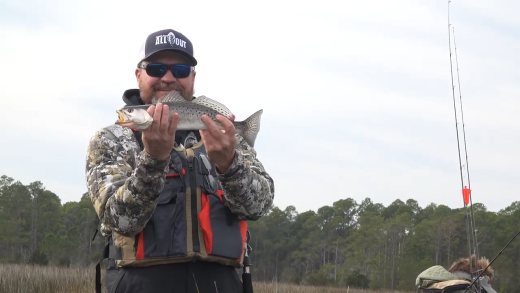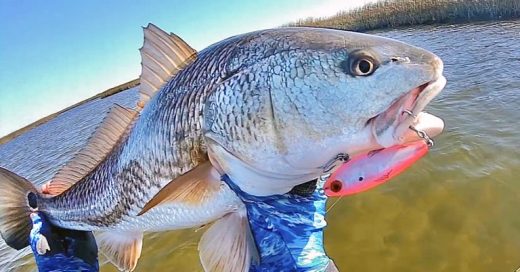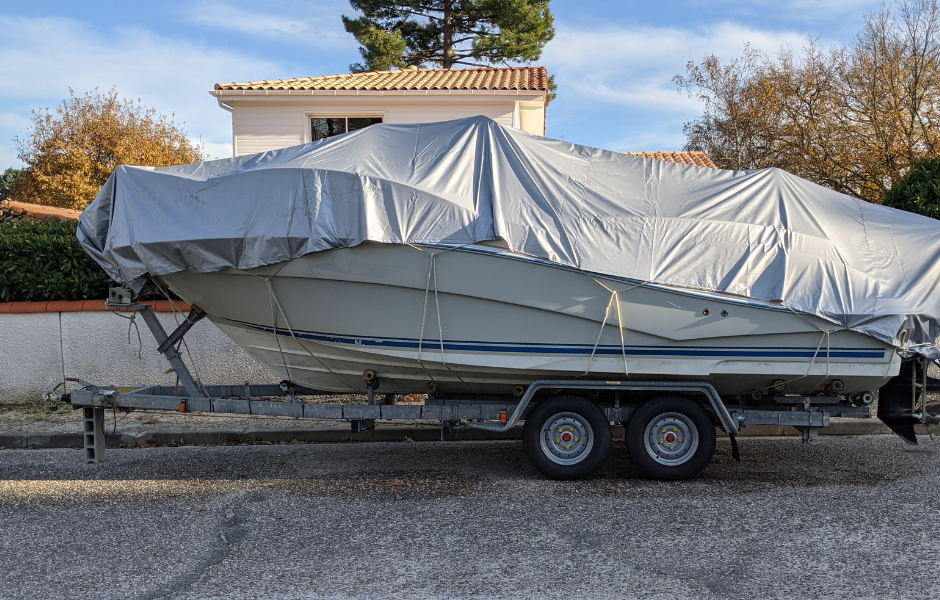Prepping Your Boat For Spring Saltwater Fishing
One of the most important tasks any angler must tackle is preparing their boat for the upcoming fishing season. If this process is neglected or not done correctly, it can lead to costly repairs and even result in losing valuable fishing time.
Today’s boats often require specialized test equipment, tools, and the ability to read diagnostic codes to ensure they’re ready for the water. These tasks can be expensive and sometimes demand specific skills and training.
However, there are still several steps most anglers can take to prepare their boats for the fishing season. Many fishermen prefer to perform their own maintenance—it’s often seen as a “rite of passage.” For some, the process of learning how to use modern tools for boat care and maintenance has become an enjoyable part of boat ownership.
For those who wish to take on the annual spring tune-up themselves, here are a few essential steps nearly anyone can follow:
1. Check the Fuel System
Inspect the fuel system thoroughly. Ensure the fuel lines are in good condition with no cracks or leaks. Replace the fuel filter to maintain a clean and steady fuel flow. Most importantly, check for water in the fuel tank and lines—this is one of the most common causes of vessel breakdowns. The constant temperature fluctuations during the winter months often lead to condensation, allowing water to accumulate in the fuel tank. Don’t overlook this critical step in your spring prep.
2. Inspect Wires, Plugs, and Navigation Lights
Examine all wiring and plugs for cracks, breaks, or wear. What works today could fail unexpectedly while you’re on the water. Pay special attention to your navigation lights, as bulbs tend to fail at the worst possible times—whether you’re navigating an inlet after dark or waiting for assistance in a remote creek.
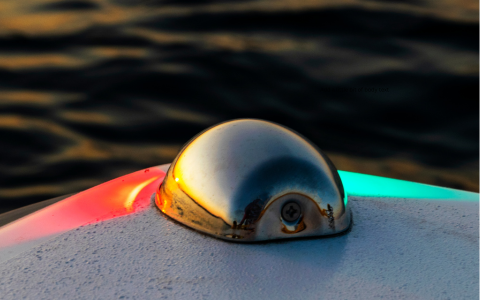
3. Check the Steering System
Ensure that your steering operates smoothly and freely. Depending on your boat’s age, this may include checking the steering fluid. Look for any signs of leaks near the helm, as oil spots could indicate a fluid leak that needs attention.
4. Test Electronics
Inspect all electronics, including your navigation system and VHF radio. When testing your VHF, perform a “radio check” by requesting a response from another vessel or a reliable source, such as Sea Tow or the United States Coast Guard. Verifying that your radio is in good working order is crucial for safety on the water.
“Taking these simple but vital steps can help ensure that your boat is “water-ready” this spring. Heading out without addressing these maintenance tasks could lead to expensive and potentially dangerous situations. Don’t take that risk—invest the time and effort to properly prepare your boat, so you can enjoy a safe and successful fishing season.”

You may be interested
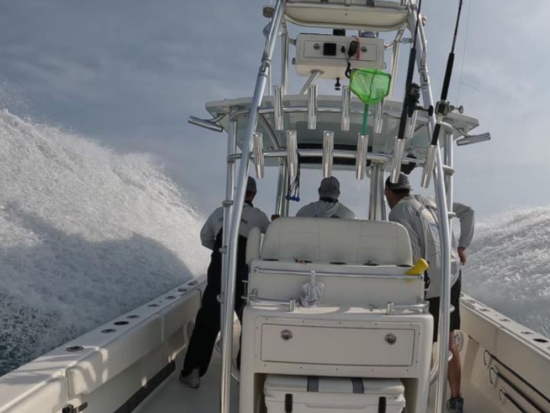
Steps On Facing A Nasty Inlet
Tim Wilson - November 27, 2025The Carolina Coast has several inlets that serve as gateways to the ocean and its fishing opportunities. Some inlets are safer than others. For instance, Masonboro Inlet—located…
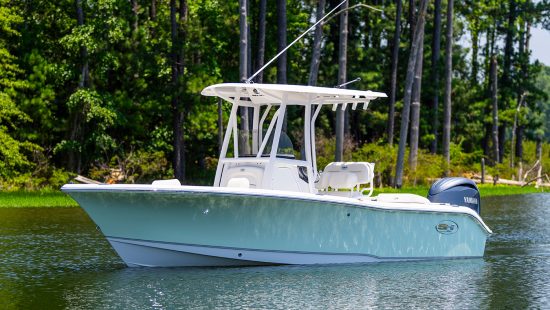
Top Center Console Boats In the Carolinas
Tim Wilson - November 23, 2025If you’re on the hunt for a top-tier center-console boat suitable for the Carolina coast (and even lakes), here are three standout models/brands I’d recommend , based…
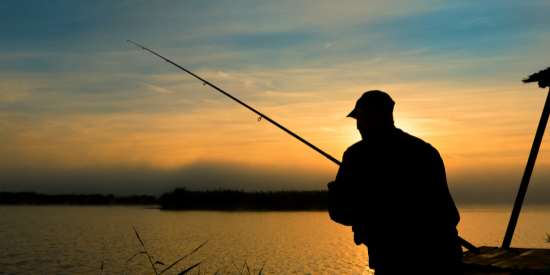
Best Tools & Apps for Monitoring Freshwater Temps
Tim Wilson - November 23, 2025A quick guide for anglers who know that water temperature is everything. Water temperature is the heartbeat of freshwater fishing. It dictates where fish hold, when they…
Most from this category

